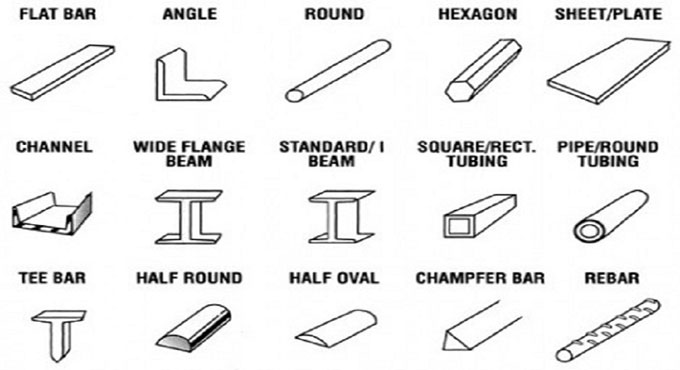
Benefits and drawbacks of steel members

Steel is formed by mixing iron, carbon and other components. Due to its extreme tensile strength and low cost, it is considered as a most vital component that is extensively utilized in buildings, infrastructure, tools, ships, automobiles, machines, appliances, and weapons.
The steel provides lots of benefits as follows:
1. The steel members contain high strength. So, the steel members have the ability to withstand extreme loads with relatively light weight and small size of members.
Due to their small size, it becomes easier to deal with and transport steel members.
2. The steel members have strong resistance capacity against gas and water due to their high density power (the unit weight of steel is 7.85kN/m3).
3. The steel members last for prolonged periods due to great and standardized strength and density properties of steel.
4. The steel members are utilized as pre-fabricated members as they can be easily managed, fabricated and constructed.
5. The steel members can be easily disassembled or substituted.
6. The supplementary sections or plates can be added with the existing steel structure and structural components to improve the strength significantly.
7. The steel structures can be examined rapidly and smoothly.
8. It may be reprocessed / recycled in furnaces.
9. This material contains high ductility and it is very effective for earthquake resistance structures.
The drawbacks of steel members are as follows:
1. The steel members are vulnerable to corrosion. To get rid of corrosion, apply painting or other methods.
2. The steel members are expensive.
Source: civilsnapshot.com


